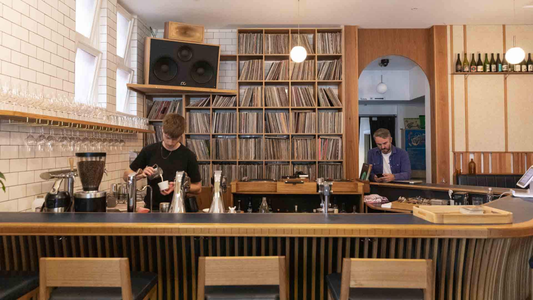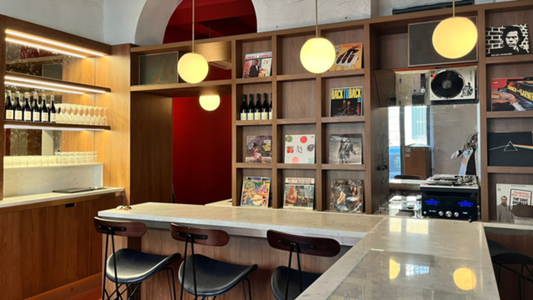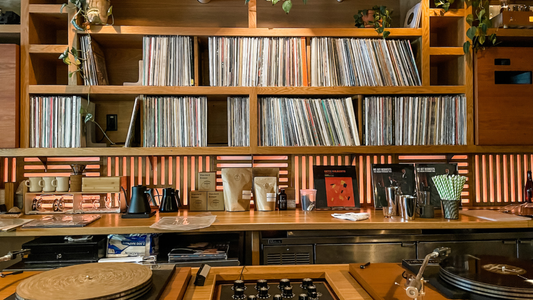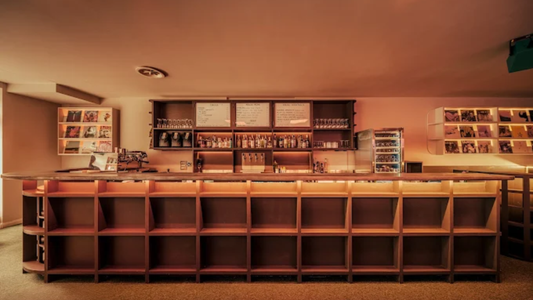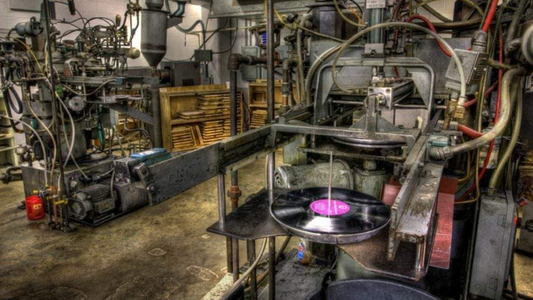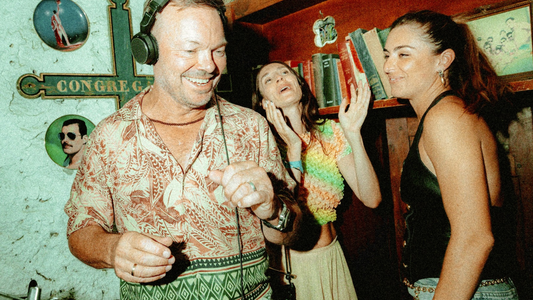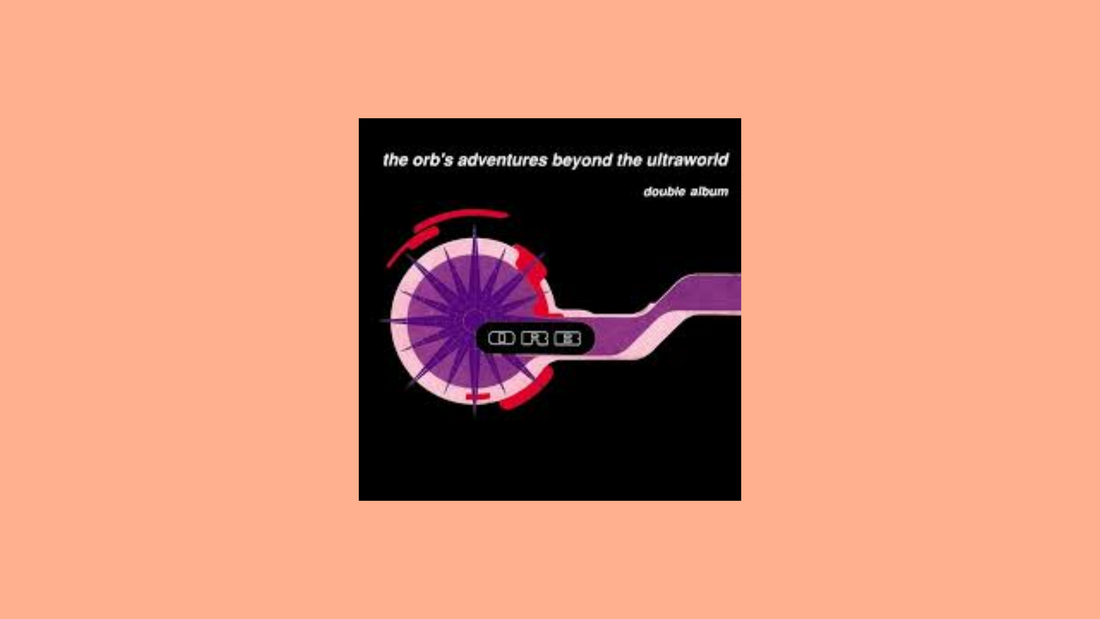
The Orb – Adventures Beyond the Ultraworld (1991)
By Rafi Mercer
It begins with a sample of astronaut John F. Kennedy’s voice, floating through a haze of sound effects and synthesiser swells. Then, slowly, a beat arrives — unhurried, dub-heavy, expansive. Already, you are elsewhere. The Orb’s Adventures Beyond the Ultraworld, released in 1991, is not an album in the conventional sense. It is a journey, a sonic voyage that fuses ambient drift, dub weight, dancefloor pulse, and cosmic imagination. For many, it marked the moment when electronic music stopped being only about clubs and became about worlds.
The Orb — founded by Alex Paterson, joined here by Jimmy Cauty and later collaborators — were children of rave culture but also of dub, psychedelia, and sound collage. Their genius lay in refusing boundaries. Where house and techno prized tight rhythm and functional energy, The Orb stretched tracks into sprawling, twenty-minute odysseys filled with samples, jokes, environmental sounds, and sudden shifts. They called it ambient house, but really it was something larger: music as space travel.
The album opens with “Little Fluffy Clouds,” its now-famous sample of Rickie Lee Jones describing the skies of her youth. Over this, a steady rhythm and cycling synths unfold. The juxtaposition — a nostalgic spoken memory over futuristic electronics — captures The Orb’s aesthetic perfectly. They were not futurists in the cold sense; they were dreamers, turning machines into landscapes of memory and imagination.
“Earth (Gaia)” layers samples of radio chatter, choir voices, and electronic textures into something both cosmic and intimate. “Supernova at the End of the Universe” is a twenty-minute drift through echo and delay, dub bass grounding a galaxy of sounds. It is patient, sprawling, at times absurd, yet utterly captivating. This was not music for radio singles; it was music for long nights, for late hours when time itself stretches.
The album’s centrepiece, “A Huge Ever Growing Pulsating Brain That Rules from the Centre of the Ultraworld,” epitomises their vision. Originally a single, here it becomes an extended immersion, its hypnotic beat and samples of Minnie Riperton’s “Lovin’ You” stretched into near-infinity. The track is both playful and reverent, absurd and sublime. Listening feels like floating in orbit, looking back at Earth through layers of atmosphere.
What sets Adventures Beyond the Ultraworld apart is its sense of scale. Where most electronic albums of the time were collections of tracks, The Orb created an environment. The record flows as a continuous suite, its tracks blending into each other, filled with recurring motifs and samples. It is not a setlist; it is a universe. To enter it is to surrender normal time, to drift across an expanse shaped by echo and delay.
For listeners new to electronic music, the album was liberating. It showed that you did not need to dance to engage, that electronic sound could be spacious, playful, contemplative. For seasoned ravers, it offered an after-hours soundtrack, the comedown rendered as cosmic drift. For those uninterested in club culture altogether, it offered something else entirely: a psychedelic listening experience rooted in dub, collage, and imagination. Its openness made it inclusive. Anyone could step in.
Culturally, the album landed at the perfect moment. Britain in the early 1990s was awash in rave culture, but also in backlash. The Orb provided an alternative: music that carried the euphoria of rave but slowed it down, stretched it, opened it. Their use of humour — sheep bleats, absurd samples, knowingly overblown titles — prevented pretension. This was serious music that refused to take itself too seriously.
On vinyl, the record becomes even more immersive. Its side-long tracks demand patience, flipping the record becoming part of the ritual. The surface noise blends with the Orb’s own layers of hiss and hum, making the listening experience tactile, physical. It is not background music. It alters the space you are in, turning a living room into a cosmos.
What endures about Adventures Beyond the Ultraworld is its generosity. It does not gatekeep, does not posture. It invites. Its world is big enough for everyone: for dreamers, for dancers, for listeners who simply want to be carried. It is playful enough to amuse, deep enough to sustain attention, spacious enough to welcome. That is why it has lasted, why it remains a touchstone.
To put it on today is to remember that music can be more than product. It can be environment. It can be journey. It can be ritual. It can be, as The Orb suggested, an adventure — not beyond the world, but into the way we hear it.
Rafi Mercer writes about the spaces where music matters. For more stories from Tracks & Tales, subscribe, or click here to read more.
